A swath of Miami Beach was washing away. The fix? Dump 285,000 tons of sand on it
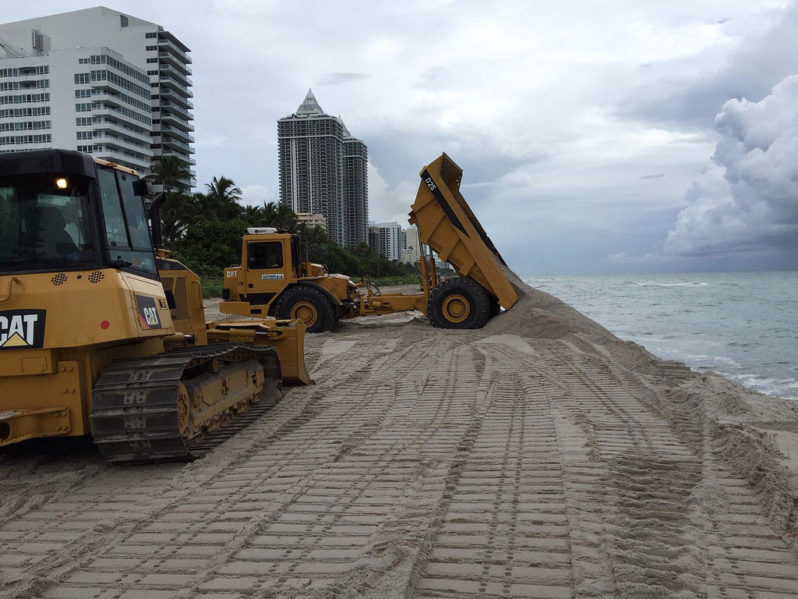
To widen a 3,000-foot stretch of Miami Beach’s shore that was washing away, the U.S. Army Corps of Engineers dumped 285,412 tons of sand on Mid-Beach, a $11.5 million project, funded with a combination of federal, state and county dollars.
How and why China is building islands in the South China Sea
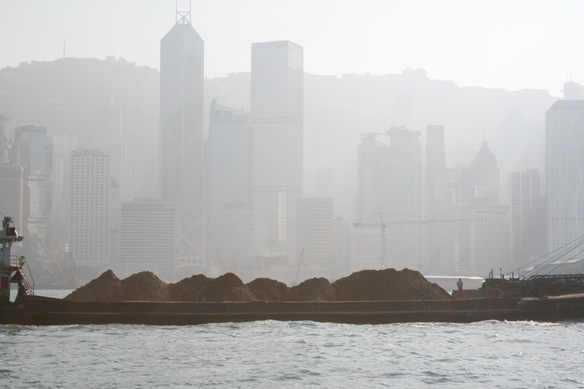
China has been building manmade bases over some of the Spratly Islands in the South China Sea since 2014, specifically targeting shallower areas, sandbanks, and reefs—islands, the shallower the better; a place that won’t sink under a load of concrete.
Trump scraps Clean Power Plan: What that means for Earth
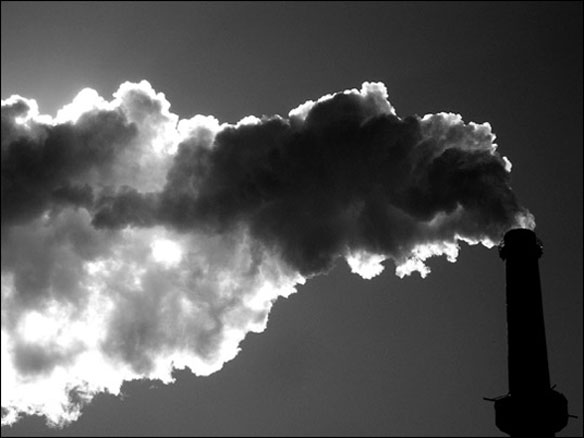
President Trump signed an executive order Tuesday to dismantle the Clean Power Plan. The plan, which President Obama’s administration put into effect in 2015, was designed to cut power plant emissions of carbon dioxide (CO2), a greenhouse gas that is warming the planet. The Clean Power Plan requires that, by 2030, the power sector’s CO2 emissions be brought down to 32 percent below their 2005 levels.
Deep in the Amazon, a Remarkable Beach Experience
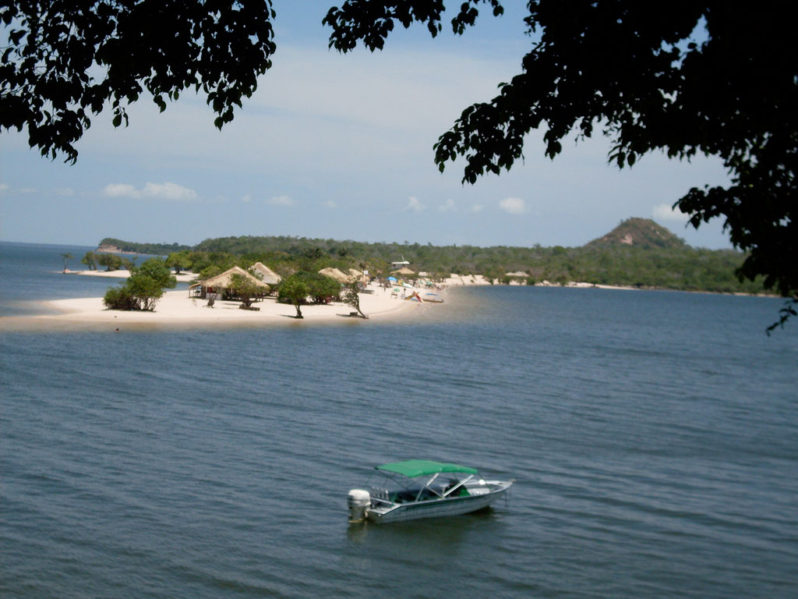
Even though it is far removed from the sea in a remote corner of the Amazon jungle, Alter do Chão must rank among the world’s most alluring white-sand beaches.
Disappearing Beaches: Modeling Shoreline Change in Southern California
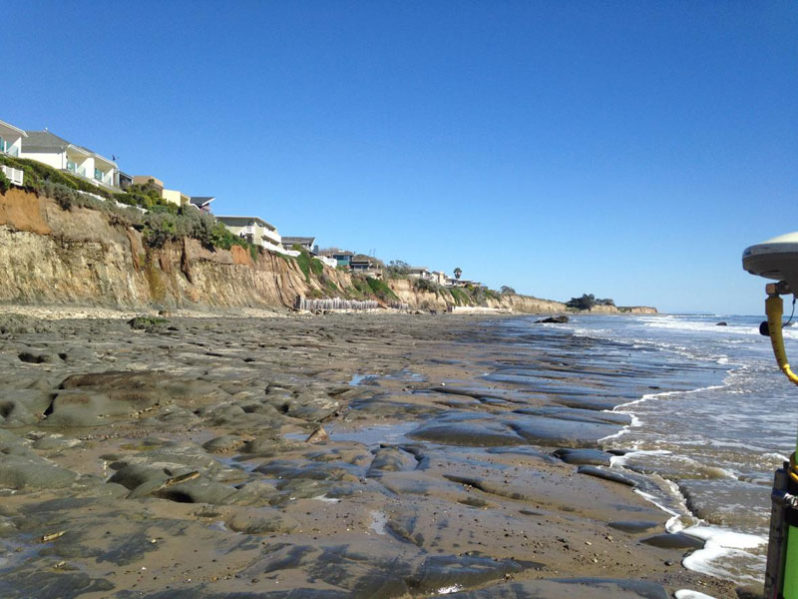
Using a newly-developed computer model, scientists predict that with limited human intervention, 31 to 67 percent of Southern California beaches may become completely eroded (up to existing coastal infrastructure or sea-cliffs) by the year 2100 under scenarios of sea-level rise of one to two meters.
Sand mining ban lifted on beach in Suriname, causing public backlash
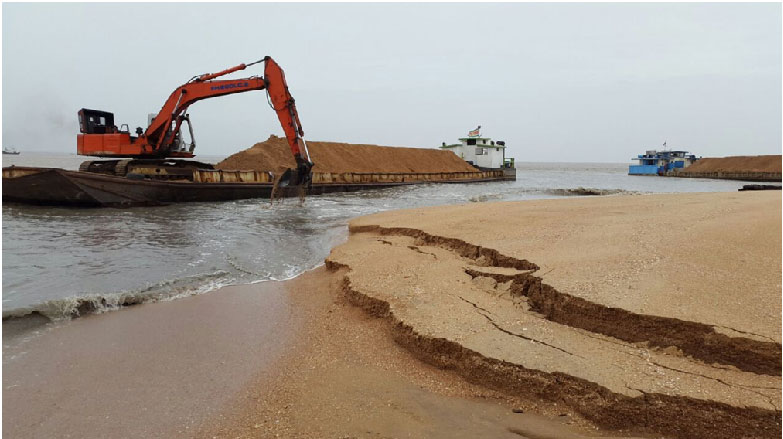
Of the Suriname coast, sand mining barges sighted at Braamspunt beach, came as a shock to the public and to local NGOs alike, as beach sand mining had been banned since December 2015.
Corals Die as Global Warming Collides with Local Weather in the South China Sea
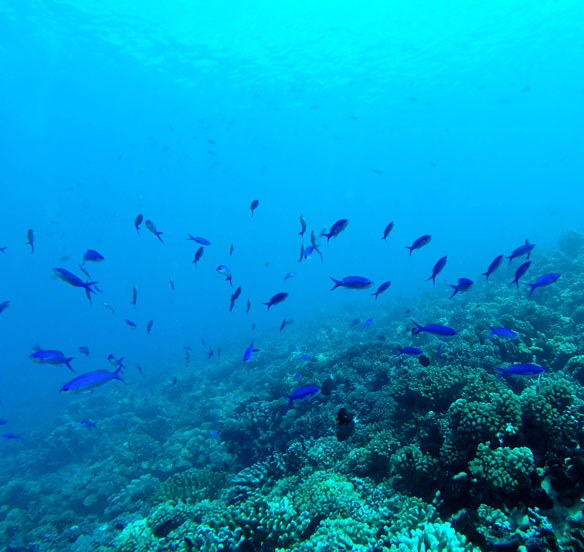
In the South China Sea, a 2°C rise in the sea surface temperature in June 2015 was amplified to produce a 6°C rise on Dongsha Atoll, a shallow coral reef ecosystem, killing approximately 40 percent of the resident coral community according to a study published in Scientific Reports this week.
Seattle plant failure dumps millions of gallons of sewage

Millions of gallons of raw sewage and untreated runoff have poured into the United States’ second-largest estuary since a massive sewage treatment plant experienced equipment failures that forced it to stop fully treating Seattle’s waste.
Surfers will be the canaries in the coal mine on climate change

If the sea level continues to rise, as scientists warn, there will be a serious consequence for the sport: smaller and fewer waves. Consistently higher tides will change the way waves break on reefs and beaches. Without climate change intervention, those effects could become apparent in as a little as 50 years.
